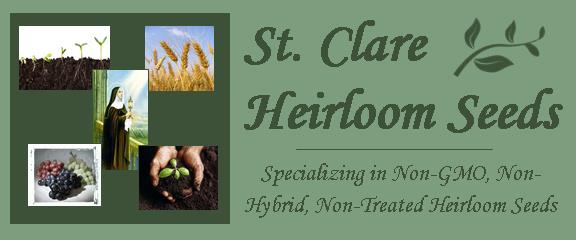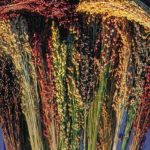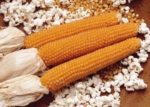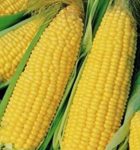Corn Seeds
Scroll down to see seeds for sale!
The origin of corn was relatively unknown until scientists in the beginning of the 20th century linked maize to a Mexican grass called teosinte, through their similar genetic DNA makeup. Teosinte only contained a few kernels inside a rock hard casing, so the DNA match was quite a shock to geneticists. Teosinte dates back 8,700 years to the Central Balsas River Valley in southern Mexico, which is believed to be the source of all maize evolution. It took hundreds of years and much effort for farmers to transform this ‘grass’ into our present day succulent ears of corn.
Some popular types of corn plants are broom, used for display, bulk for feed, popcorn and sweet corn. Popcorn has been around for about 4,000 years and was used by the Aztecs for garlands and as decoration for ceremonial headdresses. The kernels last forever, as archeologists discovered when they uncovered 1,000 year old seeds in a Chilean burial ground and found they would still pop!
Native American Indians introduced sweet corn to the first settlers here in the US in 1779, and it has been a staple in gardens and on kitchen tables ever since. Younger corn has juicier, sweeter kernels and can be boiled or roasted, and is popular in soups, casseroles, cornbread, Mexican dishes and even desserts.
Sweet corn is higher in vitamins B-6, folate, niacin, potassium, and rich in antioxidants and lutein, which fight macular degeneration and infections, while popcorn is higher in minerals such as manganese, copper, magnesium, zinc and phosphurus. Also high in fiber and protein, corn does contain starch and sugar.
Remember that corn plants love rich soil, plenty of room and warm weather, but cannot tolerate frost, so plant your St. Clare Heirloom corn seeds in the spring after the last frost.




